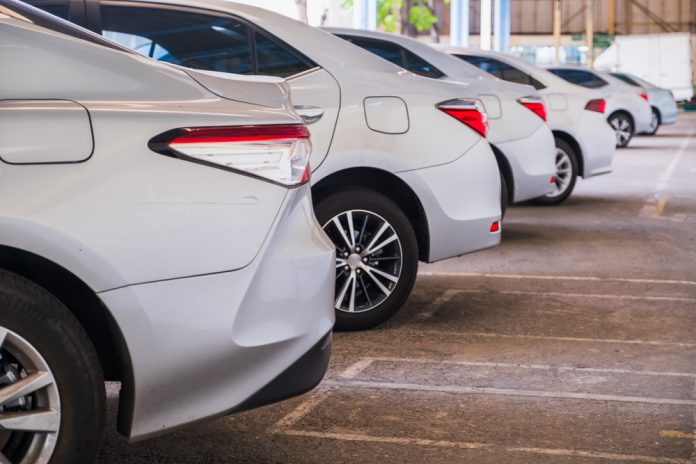New car prices dipped again in March amidst a resurgence in inventory and manufacturer incentives.
Kelley Blue Book data indicates the average new car transaction price dipped 1% on a monthly and yearly basis in March, falling to $47,218. Surprisingly, while other segments saw marginal declines in value, electric vehicle prices experienced a slight boost, gaining 0.6% to hit $54,021. However, new EVs are still far cheaper now than a year ago.
Two factors contributed heavily to the overall decline in new car prices. Inventory levels are far ahead of prior-year levels, thanks to the rapid recovery of global manufacturing following the COVID-19 pandemic. Cox Automotive reports the year-over-year increase in new vehicle supply reached 52% in March, helping automakers meet demand more effectively.
Incentives also served to drag new car prices lower. Automakers have sought to further capitalize on the advantages higher inventory levels have introduced by reintroducing manufacturer discounts. Last month, incentives accounted for 6.6% of the average new vehicle transaction price, slightly higher than February’s 5.9% and more than double last year’s share of 3.2%.
But while new car prices have fallen thanks to higher inventory levels and more incentives, pre-pandemic levels of affordability are still quite distant, a reality that seems to have taken an effect on demand. New vehicle sales shrank in March as hopes of finding budget-friendly options on the market were dashed by a paltry selection, with only two models retailing at an average transaction price below $20,000. To sustain the year’s 15.5 million units seasonally adjusted annual rate of sales, affordable prices may need to make a faster comeback than automakers and dealers previously estimated, underlining the need for adaptability in today’s market landscape.



